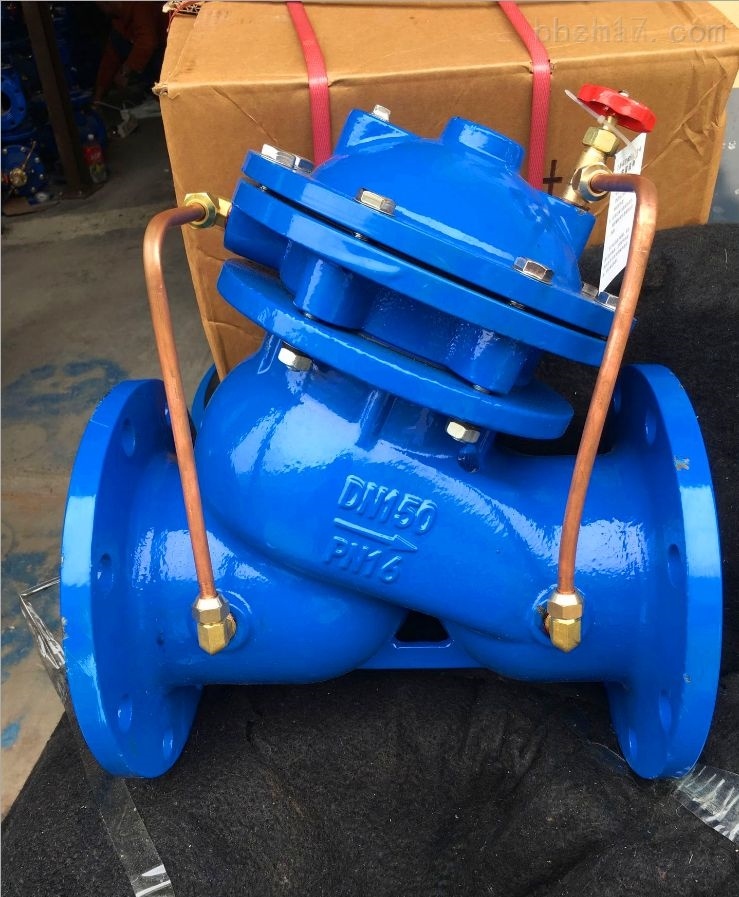Oct . 30, 2024 13:28 Back to list
runout tester
Understanding the Runout Tester A Vital Tool for Precision Engineering
In the realm of precision engineering, ensuring the accuracy and functionality of mechanical components is paramount. One of the key tools in achieving this standard is the runout tester. This instrument is essential for measuring the runout of rotating parts, such as shafts and wheels, which refers to the deviation from a true circular path during rotation. Understanding how a runout tester works and its applications can significantly enhance quality control processes in manufacturing sectors.
At its core, runout refers to the amount of wobble or deviation encountered in a rotating body. When machinery operates, even the slightest misalignment can lead to excessive wear, noise, and ultimately, failure. This is where the runout tester comes into play. Typically, the device consists of a probe or sensor that can detect deviations in the surface of the rotating component by measuring the distance from its axis during rotation.
The setup of a runout tester is relatively straightforward
. The component being tested is securely mounted, and the tester’s probe is positioned at a specific point along the shaft. As the component rotates, the probe measures the radial displacement and sends this data to a digital or analog display. The results are expressed in terms of micrometers or thousandths of an inch, allowing precision engineers to identify unacceptable levels of runout.runout tester

The runout tester is particularly beneficial in various industries, including automotive, aerospace, and manufacturing. In automotive applications, for instance, ensuring that brake rotors have minimal runout is crucial for optimal braking performance. Any significant deviation can cause vibrations during braking or uneven wear of brake pads. Similarly, in aerospace, where safety is critical, the alignment of rotating components in engines must be maintained to prevent catastrophic failures.
Moreover, the runout tester can aid in the fine-tuning of machine setups and alignments. In manufacturing, machinery such as lathes and milling machines must be precisely aligned to produce high-quality parts. By regularly utilizing a runout tester, manufacturers can maintain equipment, ensure proper calibration, and uphold a high standard of product integrity.
Although modern CNC machines often come equipped with advanced technologies that help assess runout, the runout tester remains a preferred choice due to its simplicity, cost-effectiveness, and reliability. It enables engineers to perform quick checks without the need for complex setups or software, making it an indispensable tool for both small workshops and large production facilities.
In conclusion, the runout tester is not merely an accessory but a fundamental instrument in the toolkit of precision engineering. By providing accurate readings of runout in rotating components, it plays a vital role in enhancing machine performance, prolonging equipment life, and ensuring the safety and reliability of products across various industries. As the pursuit of precision continues to advance, the importance of such tools becomes increasingly evident, solidifying their place in modern engineering practices.
-
Precision Manufacturing with Advanced Spline Gauge DesignNewsJul.31,2025
-
Industrial-Grade Calibrated Pin Gauges for Exact MeasurementsNewsJul.31,2025
-
Industrial Filtration Systems Depend on Quality Filter DN50 SolutionsNewsJul.31,2025
-
High-Performance Gate Valve WholesaleNewsJul.31,2025
-
Granite Surface Plate The Ultimate Solution for Precision MeasurementNewsJul.31,2025
-
Granite Industrial Tools The Ultimate Guide for Bulk BuyersNewsJul.31,2025
Related PRODUCTS









